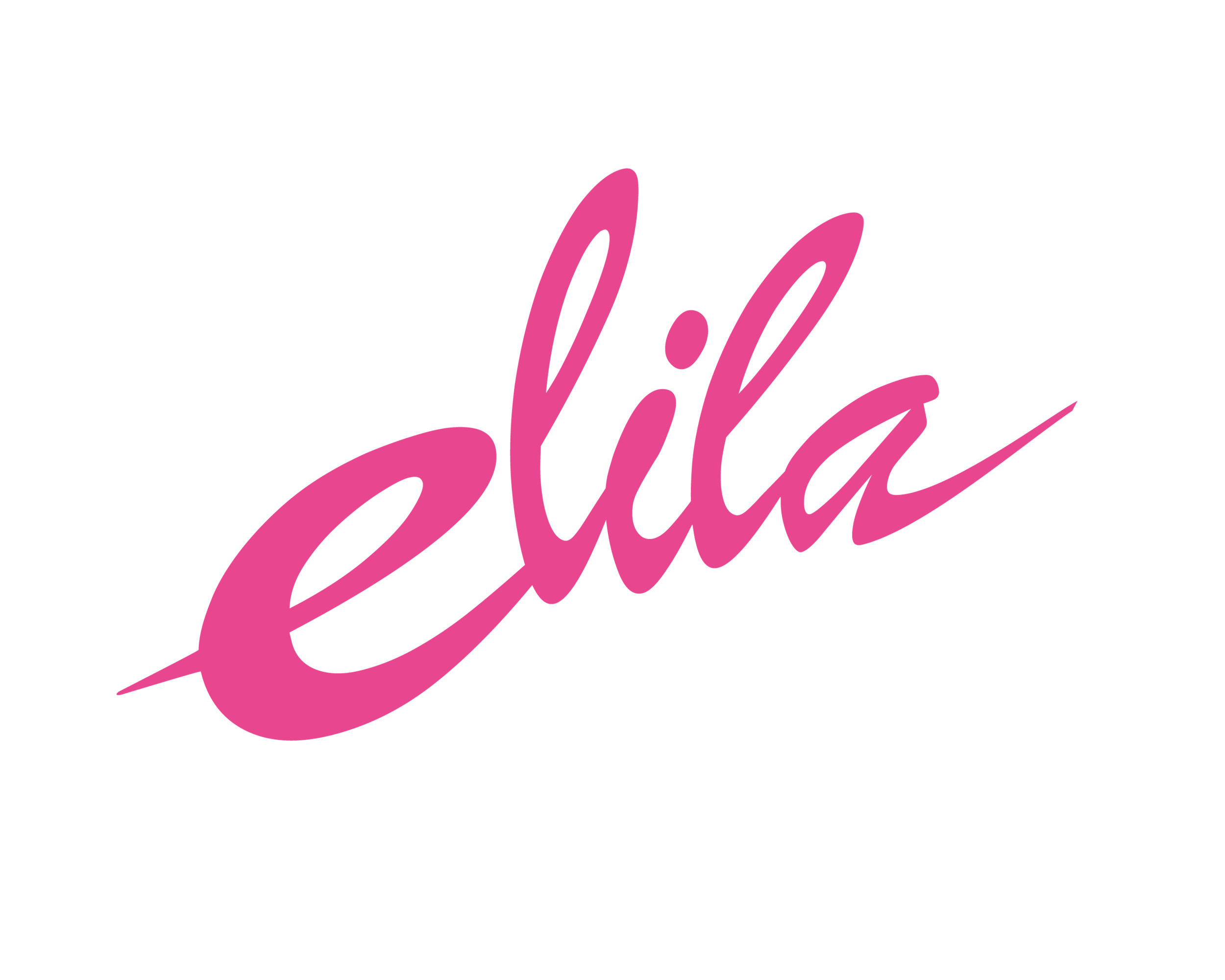Q & A
Q| Does Elila sell directly to consumers?
A| This is one of the questions we are most frequently asked, and the answer is no. We work with an incredible group of retail partners across the United States - both brick & mortar and online - that carry our collection. Click to find out Where to Buy.
Q| Is Elila looking for new distribution partners both in the US and Internationally?
A| Yes! Please Contact us for more information.
Q| How do I find the best fit for my Elila bra?
A| Check out our Fitting Guide! The math is super easy!
Q| How should I take care of my Elila garment?
A| Your garment is just like you, it needs some love, some rest, and a little pampering! At Elila, we recommend you have three bras:
One to wear...sexy, supportive, and not too tight (use those hook & eye adjustments to your advantage)
One to wash...not too hot, not too cold...just right (hand wash your garments and line dry them...and definitely, no bleach!)
One to rest...'cuz we all need a little shut eye at night (the elastic needs to rest in order to give you maximum support when you wear it again!)
Q| I have a chart, but when I check the UK cup size with the US cup size and order the bra, it doesn’t fit. It’s so confusing.
1. The US band size measurement is different than the UK. The UK uses your diaphragm measurement as your band size. Some fitters even suggest if you are an odd number like 35, try a band size 34. The US band sizing adds 2 – 3” to your diaphragm measurement; 35 would convert to a band size 38. This is so important to distinguish because the difference between the two methods can be 4 inches. Those 4 inches impact the cup size you are picking.
2. Before picking your cup size, note what band sizing methodology is used to find your cup size. Using the above example of a 35” diaphragm measurement, let’s assume the fullest measurement around your bust is a 43”. In the UK sizing method, your cup size would be determined by subtracting 43 – 34 = 9”; which is a G cup (A, B, C, D, DD, E, F, FF, G). In US sizing your cup size would be 43 – 38 = 5”; which is a DD/E cup (A, B, C, D, DD/E).
3. We suggest using your raw measurement to begin to find your size, whether it’s a UK, US, or EU sizing methodology. Looking at a cup sizing chart to convert your cup size will only cause disappointment in the options if you don’t consider the different band sizes. You can think of the trick; if you go up a band size, go down two cup sizes to start on your journey to find the best fit for you.
Recap:
Understanding UK vs. US Bra Sizing
Navigating the complex world of bra sizes across different countries can be a bewildering experience, often leading to ill-fitting purchases. The disparity between UK and US sizing methods is a prime example of this, particularly when it comes to band and cup sizes. Here's a more detailed look at the nuances and why they matter:
Understanding Band Size Discrepancies: In the UK, the band size is generally equivalent to your diaphragm measurement. Some professional fitters even recommend rounding down to the nearest even number if you measure at an odd number, like 35 inches, suggesting you try a band size of 34. In contrast, the US method typically adds 2-3 inches to your diaphragm measurement. So, a 35-inch measurement would equate to a 38-inch band size in US sizing. Recognizing this divergence is crucial because the gap of up to 4 inches can substantially affect your ultimate cup size (DD vs G).
The Importance of Band Size in Cup Calculation: Before zeroing in on your cup size, ensure you apply the correct band size methodology per the country-specific sizing guide. To illustrate, let's consider a diaphragm measurement of 35 inches and a bust measurement at its fullest point of 43 inches. Your cup size is calculated in the UK by subtracting 43 - 34, equating to 9 inches and a corresponding G cup (the UK sizes go A, B, C, D, DD, E, F, FF, G). Conversely, using the US formula, your cup size would be 43 - 38, or 5 inches, translating to a DD/E cup (US sizes go A, B, C, D, DD/E).
A Universal Suggestion for Sizing: We recommend using your raw, unaltered diaphragm measurement as a starting point, irrespective of whether you're working with UK, US, or EU sizing systems. Relying on conversion charts for cup sizes without factoring in the band size differences can lead to disappointing results. A useful tip is to decrease your cup size by two when you increase your band size, as a way to begin your search for the best-fitting bra.
Armed with this information will give you a better chance at finding a bra that offers comfort and support, no matter where you're shopping.
We know you have questions. We hope we have (most of) the answers. Come join the conversation.
